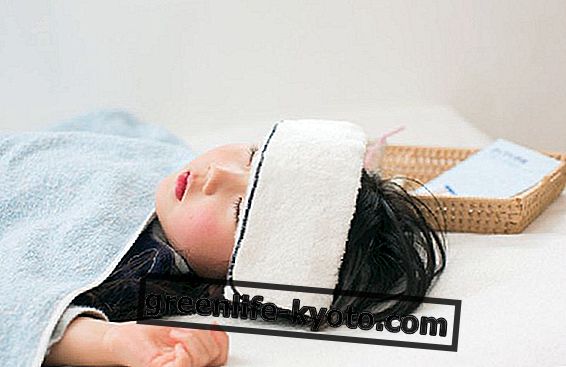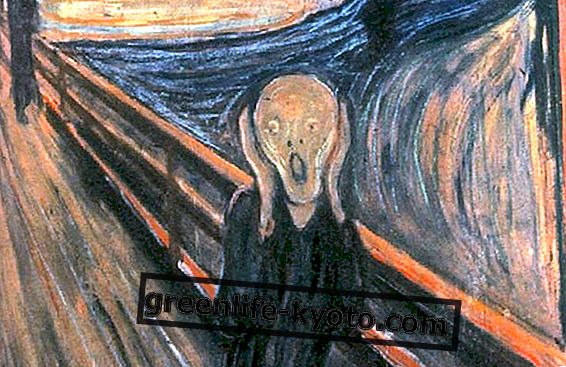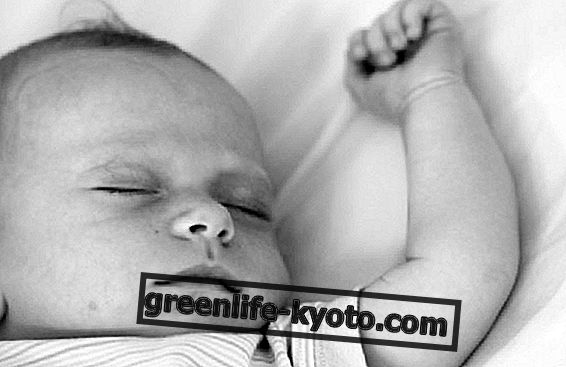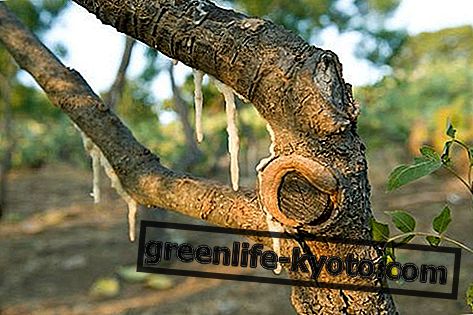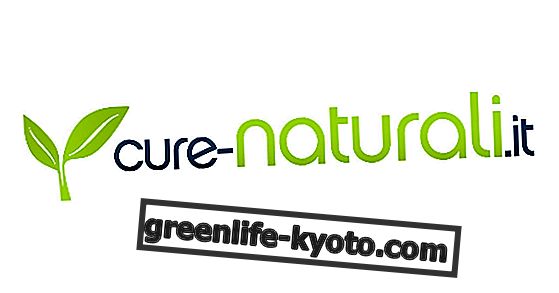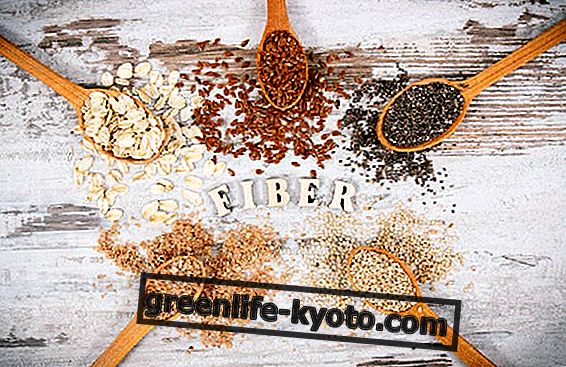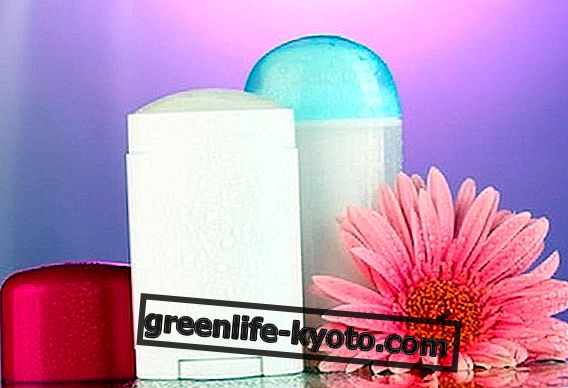Lithotherapy is an alternative medicine that uses stones, rocks and minerals to rebalance the body from within. Let's find out better.

What is lithotherapy
The name derives from the Greek word litos which means "stone" or "rock", it is a natural and alternative method of treatment that uses the action of stones, more or less precious, in order to rebalance the body .
The lithograph or lithotherapy dechelatrice can therefore be considered a biotherapy, born in France in 1974 thanks to Claude Bergéret and Max Tétau. Basically it is based on the use of whole, diluted and dynamized minerals, according to the homeopathic method, whose administration allows the release of "chelated" ions, or chemical elements such as hydrogen, magnesium, copper, imprisoned in the cells body. It is called "dechelatrice" because it has as its therapeutic objective the release of these chemical elements, whose block causes alterations in cellular metabolism, the cause of various pathologies.
The first historical documentation relating to lithotherapy dates back to the 1500s, deriving from the Ebers papyrus, the German scientist who studied it in 1873; also in the pre-Columbian America of the Incas, mineral therapy was developed; in traditional Chinese and Tibetan medicine, numerous minerals are in use, in particular aluminum and potassium sulphate, hematite, limonite or asbestos. In traditional western medicine, the best known lithotherapy is the one with clay .
How does it work?
This "geological totum", as the inventors themselves define it, is composed of rocks and natural minerals, chosen and administered according to the "principle of identity" : there is indeed a crystalline structural analogy between the mineral and the chelate from which must release the metal ion.
For example, chelator complexes that sequester calcium and phosphorus have a structure similar to these elements. The different components of the rock interact with each other, prepared in the form of rock dust, administered and prepared in the homeopathic form to the eighth decimal, D8 (ie diluted in eight steps up to a hundred million times).
The preparation is taken in drinkable vials, several times a day or week, depending on the case, and not in the vicinity of meals.
What cures lithotherapy
The first characteristic of lithoterapic products is " the coenzyme activity ", that is these products favor the activity of the body's enzymes and therefore help the metabolism; the other property is "the dechelator activity ", that is the ability to release nutrients, essential for the organism, from the "chelation", or from the "imprisonment" of substances operated by food additives, insecticides, preservatives, dyes, drugs like estrogens and antibiotics, present in foods and in various substances of modern use.
The lithotherapy goes to rebalance so certain features of the organism. In particular, some main pathological tendencies to which some minerals correspond have been identified: vascular (Erythrite, Pyrolusite, Cinabre), rheumatic (Chalcopyrite, Or and Argent natif, Silica marina), allergic (Chalcopyrite, Glauconie, Or and Argent natif), hepato-renal-digestive (Pyrolusite, Blende) and carcinogenic (Monazite, Galene, Erythrite, Pyrolusite). There are also three main morphotypes of constitutions: the Granitico, the Magnesico and the Mercuriale.
For those who are interested in lithotherapy
The chelation processes are very frequent as a consequence of the large number of pollutants that surrounds us, especially sulfur, the "chelator" element par excellence, pesticides, some types of drugs.
Therefore, those who have had close contact with certain elements that have "polluted" the body, those who wish to purify it, rebalance it and help eliminate associated diseases, can benefit from lithotherapy.
It is also a treatment that is well suited to the pathologies of older people. Furthermore, some specific disorders are treated by lithotherapy in "non-conventional medicines", for example leg ulcerations, eczema, labor, the treatment of fractures and traumatisms, rheumatism and inflammation in general or in impotence. Imbalances in the nervous system, depression or insomnia can also benefit from lithotherapy.
The law in Italy and abroad
Very well known in France, lithotherapy is little known and practiced in Italy. The naturopath is the professional who offers advice on the subject of lithotherapy.
There are several schools that make up the naturopath, offering monographic courses of lithotherapy, both high schools, universities and institutions or associations. In Italy there is still no single and definitive legislation for naturopathy.
However, there are legal ways to protect operators and users, projects and bills at various stages of validation. Currently in Italy there is still no single and unambiguous state legislation on alternative medicine. The individual regions have organized differently and have drawn up a series of legislative decrees and proposals.
Associations and reference bodies
In Italy there are no associations or reference bodies solely connected to the lithotherapy practice. However, schools and organizations that deal with holistic, alternative and unconventional medicines also include lithotherapy among courses and specializations.
A site that can be useful for further research and in-depth analysis is the French Lithopraxis.

